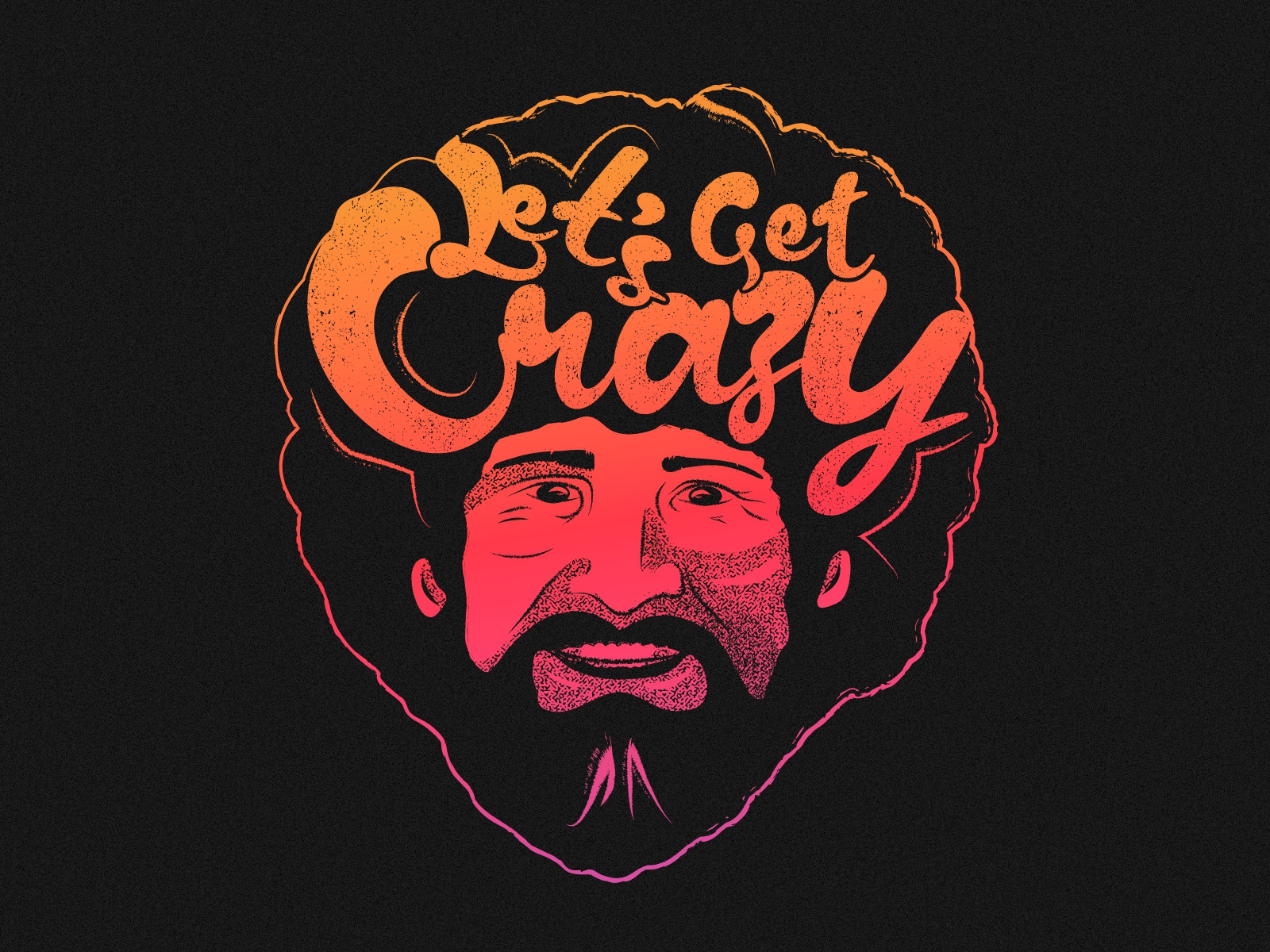Participants are encouraged to let their imaginations run wild and think outside the box. The focus is on generating as many ideas as possible, regardless of how feasible or practical they seem. This can help to unlock new ways of thinking and encourage participants to challenge their assumptions and biases.
Some practical tips for facilitating the “Crazy Ideas” phase include setting a clear time limit, encouraging participants to build on each other’s ideas, and creating a non-judgmental environment where participants feel free to express themselves. It can also be helpful to provide prompts or constraints to guide the ideation process and spark creative thinking.
Once this phase is complete, the next step is to evaluate and refine the generated ideas. This may involve prioritizing ideas based on feasibility, impact, or other criteria and selecting the most promising ideas to move forward within the design process.

To run a “Crazy Ideas” session, the team leader can begin by explaining the concept and encouraging participants to think big and boldly. Participants can then write their ideas on Post-it notes or index cards and place them on a whiteboard or wall for everyone to see. The group can review each idea individually, discussing its potential benefits and drawbacks and how they could be developed further.
One example of a crazy ideas session is how the team at Dropbox came up with the idea for their now-famous referral program. During a brainstorming session, one team member suggested that Dropbox offer users extra storage space if they referred their friends to the service. At first, this idea seemed crazy and unfeasible, but after further discussion and development, it became the foundation for Dropbox’s incredibly successful referral program.
Steps
1. Define the problem: Start by clearly defining the problem or challenge that needs to be addressed.
2. Set the rules: Establish the rules and constraints for the session, such as time limits or specific criteria for evaluating ideas.
3. Generate ideas: Encourage participants to generate as many ideas as possible without restrictions or limitations.
4. Share ideas: Once all ideas have been generated, have participants share them with the group.
5. Evaluate ideas: Review all ideas and identify the most creative, innovative, or potentially useful ideas.
6. Develop ideas: Take the most promising ideas and start developing them further, considering how they could be turned into actionable solutions.
7. Refine ideas: Once the most viable ideas have been identified, refine and improve them to make them more feasible and effective.
8. Prioritize ideas: Identify the best ones to pursue based on their potential impact and feasibility.
9. Document ideas: Document all ideas generated in the crazy ideas phase and use them as a reference throughout the design process.

